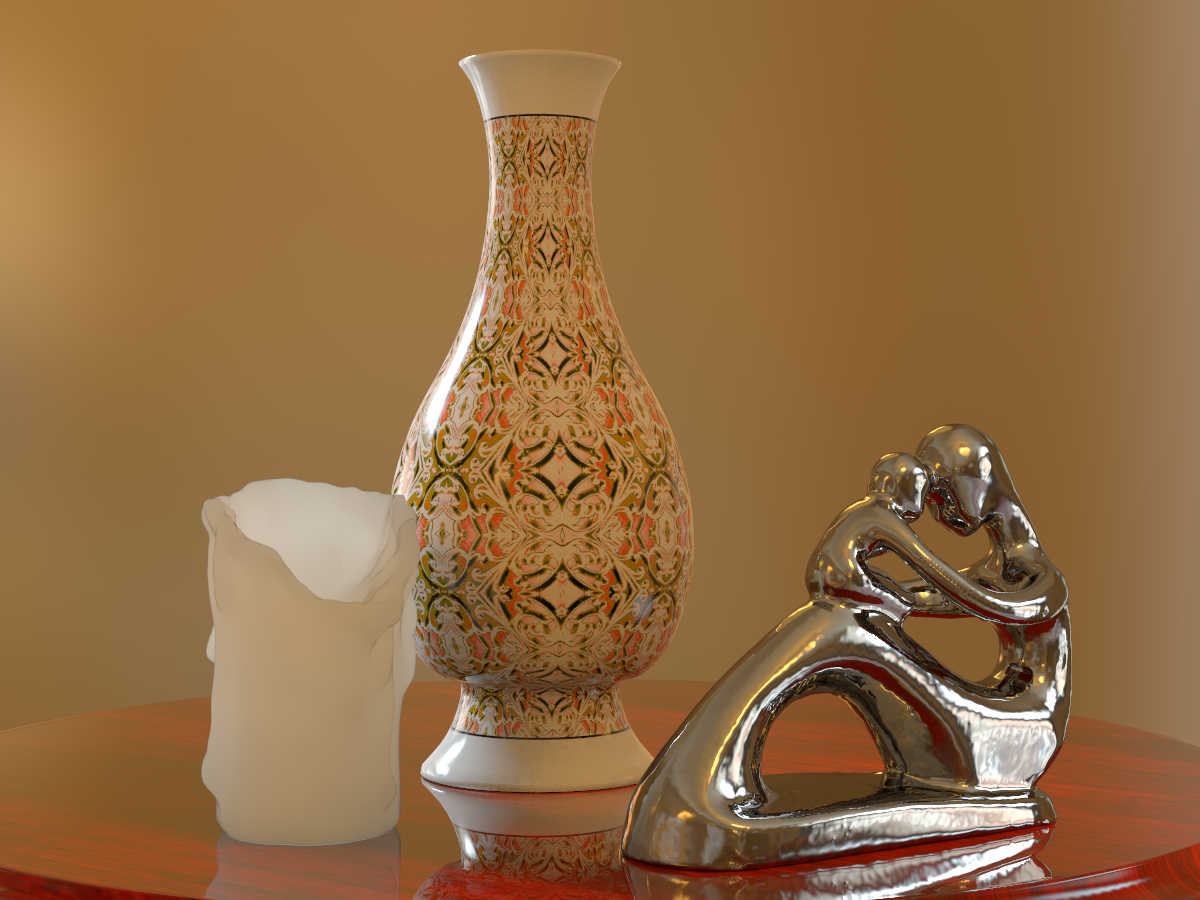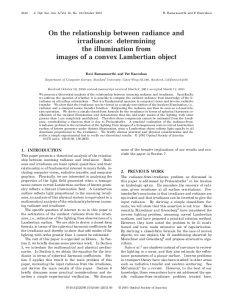On the relationship between Radiance and Irradiance: Determining the illumination from images of a convex Lambertian object
Abstract
We present a theoretical analysis of the relationship between incoming radiance and irradiance. Specifically, we address the question of whether it is possible to compute the incident radiance from knowledge of the irradiance at all surface orientations. This is a fundamental question in computer vision and inverse radiative transfer. We show that the irradiance can be viewed as a simple convolution of the incident illumination, i.e.\ radiance and a clamped cosine transfer function. Estimating the radiance can then be seen as a deconvolution operation. We derive a simple closed-form formula for the irradiance in terms of spherical-harmonic coefficients of the incident illumination and demonstrate that the odd-order modes of the lighting with order greater than one are completely annihilated. Therefore, these components cannot be estimated from the irradiance, contradicting a theorem due to Preisendorfer. A practical realization of the radiance-from-irradiance problem is the estimation of the lighting from images of a homogeneous convex curved Lambertian surface of known geometry under distant illumination, since a Lambertian object reflects light equally in all directions proportional to the irradiance. We briefly discuss practical and physical considerations, and describe a simple experimental test to verify our theoretical results.
Citation
Ravi Ramamoorthi and Pat Hanrahan. "On the relationship between Radiance and Irradiance: Determining the illumination from images of a convex Lambertian object". Journal of the Optical Society of America (JOSA), 2001.









